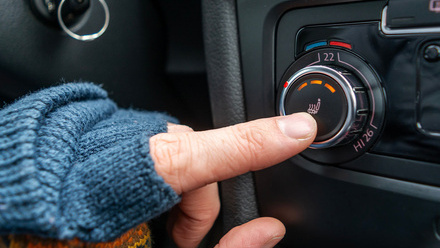Reading the road ahead
The rules of the road keep traffic moving and road users safe, but there’s also a wide range of unwritten rules that drivers follow. Hand and head signals, body languages, gestures and eye contact are just some of the ways that people communicate while on the move. But what happens to these interactions when driverless autonomous vehicles (AVs) are added to the mix – and how friendly will human drivers be towards them without the usual social cues?
A new review of the social interactions between AVs and human drivers and what this could mean for future research has been published in the journal Ergonomics. AVs were often found to be more cautious, drive more slowly and don’t react as quickly to events such as changing traffic lights. The study highlights how this could make human drivers more aggressive in response, stating: “If people believe AVs are risk-averse and cautious, they may view aggression towards AVs as less risky and so behave more aggressively”.
The review also suggests human drivers could behave more negatively towards AVs because they see them as “non-human, out-group members”. However, some research covered in the paper has claimed AVs could eventually have a more positive influence on human drivers, encouraging slower speeds and safer behaviour. As AV technology develops, the review identifies several areas for research, including human-machine interactions and using technology to make AVs more ‘social’.






